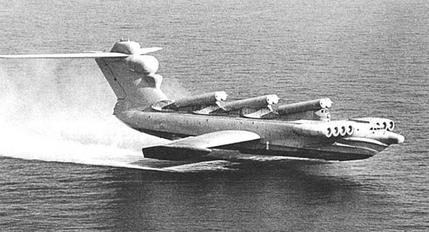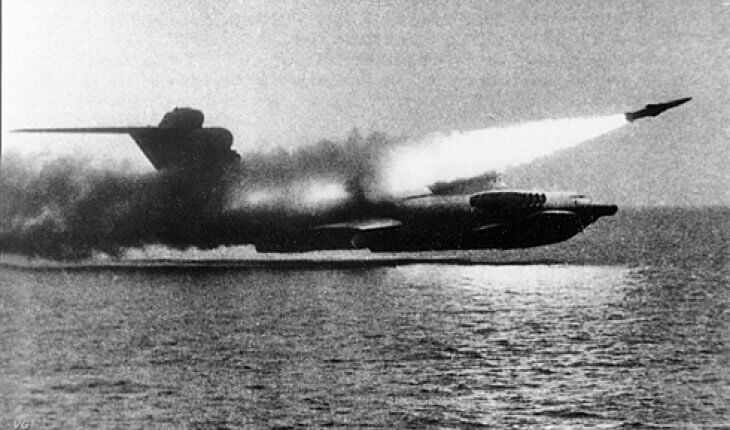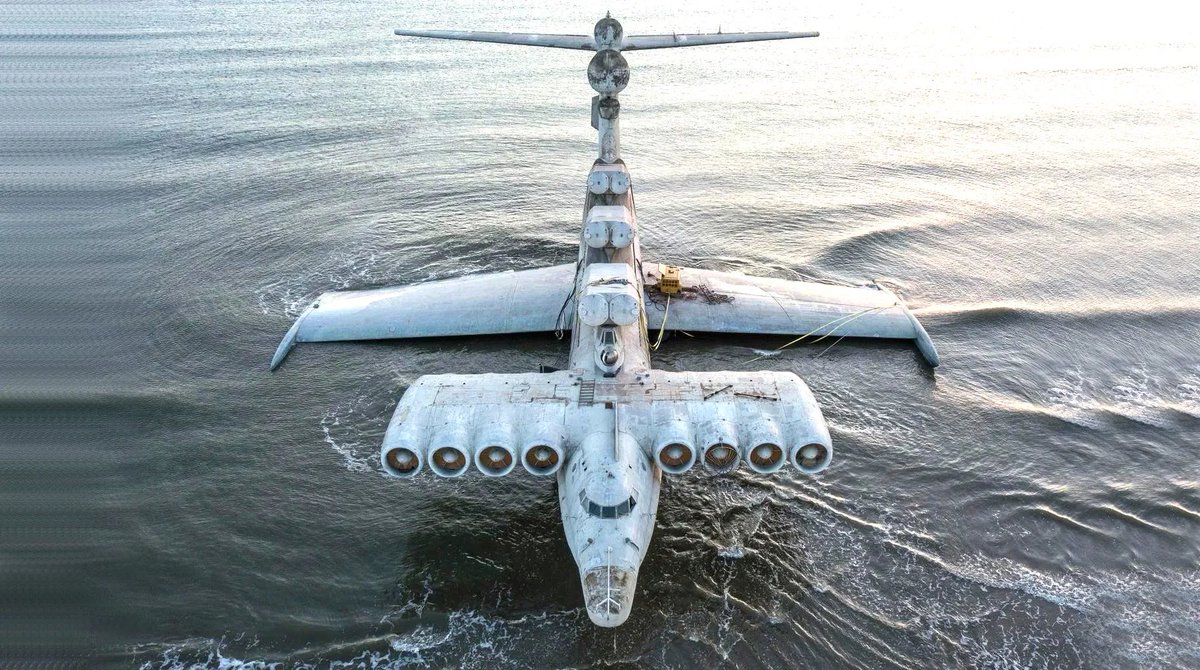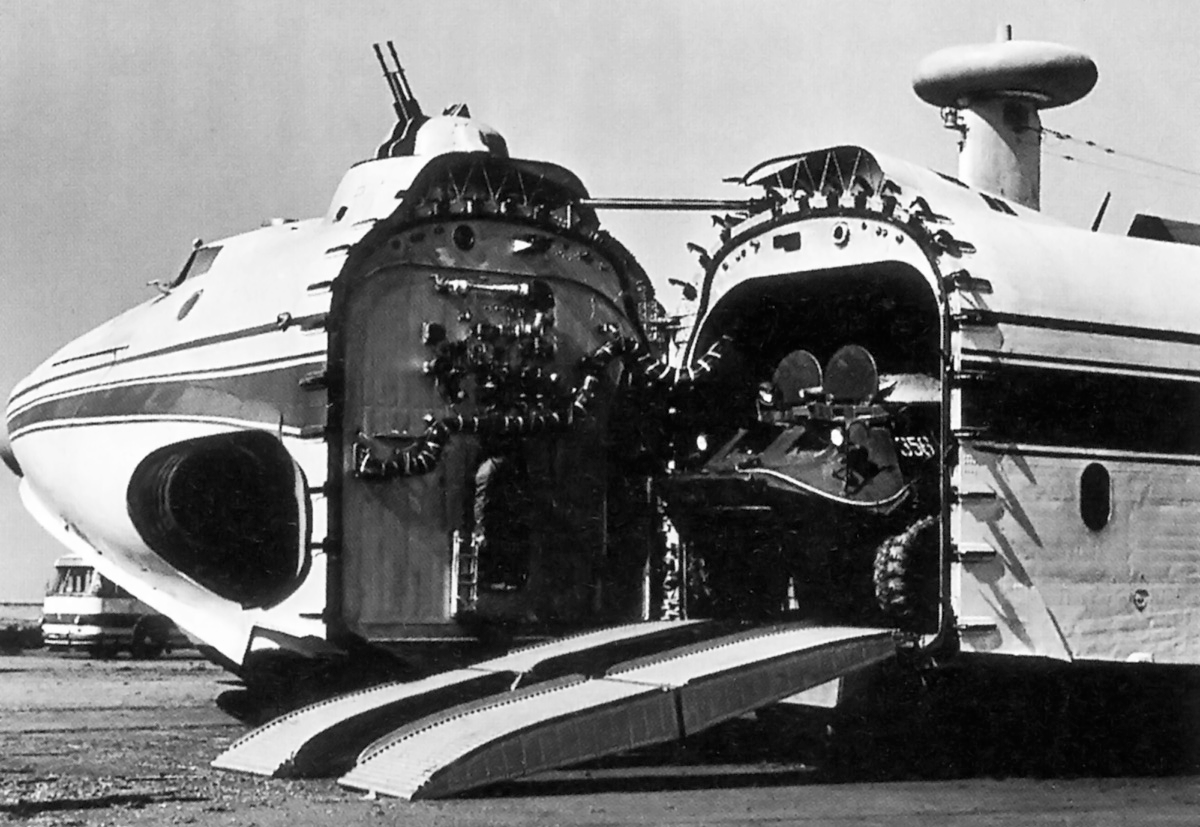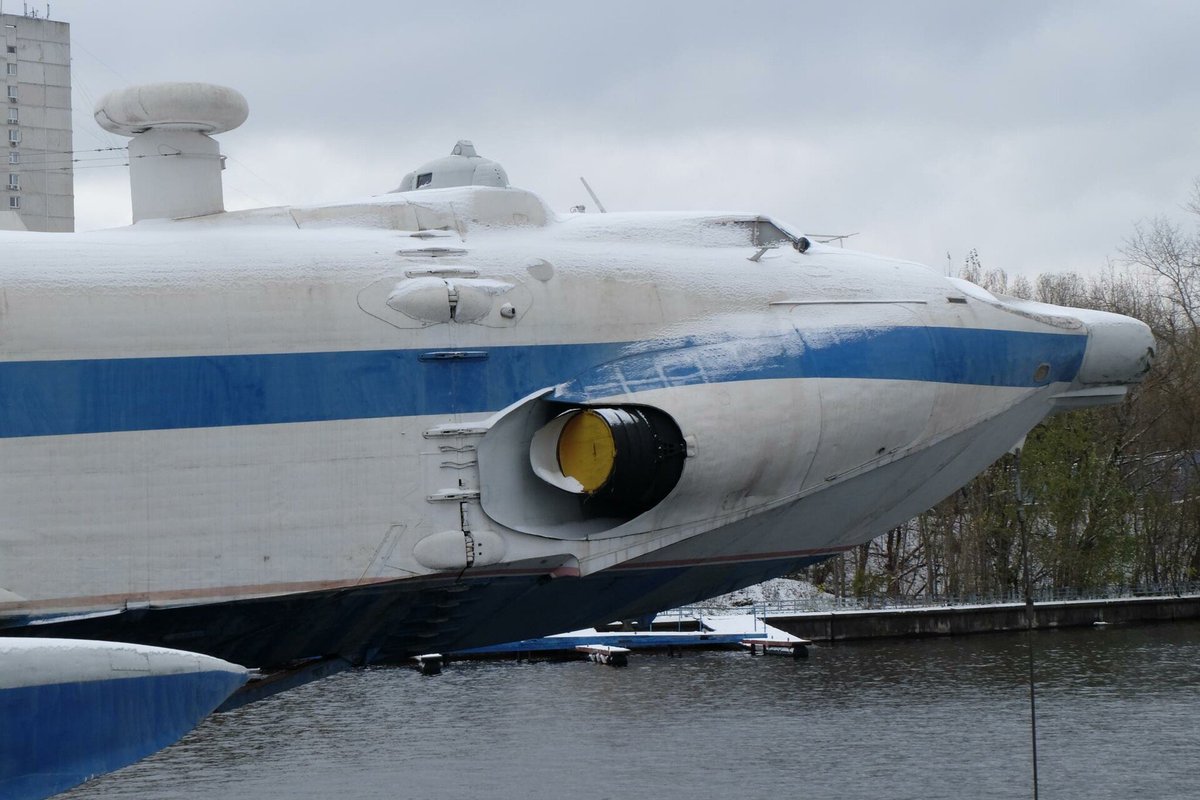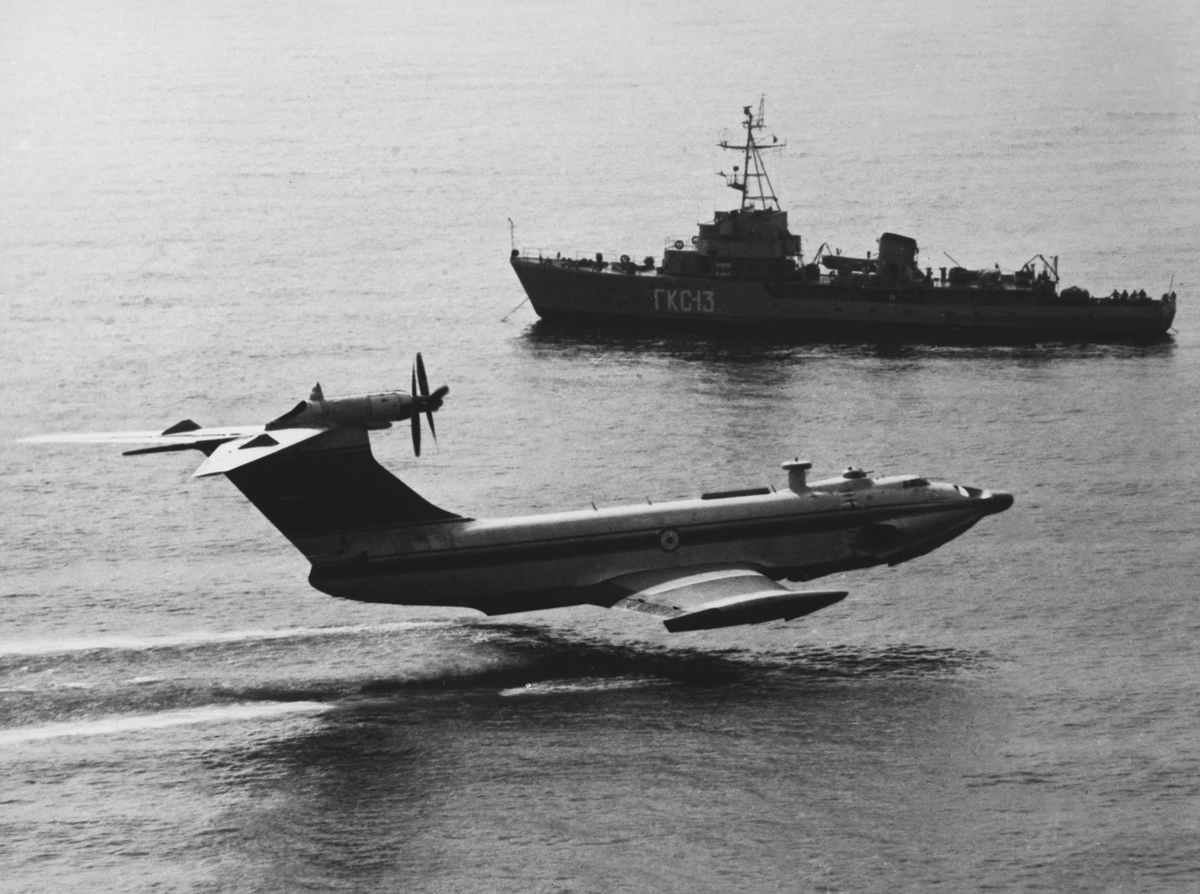It has come to my attention that a disturbing number of people who follow this account have never heard of ekranoplans, despite this thing regularly appearing in my mentions...
This thing - the result of answering every possible problem by adding more missile tubes - is the sole representative of the Lun class of ekranoplans.
I& #39;m fully aware that this still hasn& #39;t answered any question about what they are except "bloody angry"
I& #39;m fully aware that this still hasn& #39;t answered any question about what they are except "bloody angry"
Ekranoplans came to the notice of the West in 1967 when spy satellites spotted something unusual lurking on the shores of the Caspian Sea.
Quickly nicknamed the Caspian Sea Monster, someone appeared to have forgotten to bolt the wings on.
Quickly nicknamed the Caspian Sea Monster, someone appeared to have forgotten to bolt the wings on.
The more the spooks looked, the less sense it made
It was bigger than any aeroplane in the world, it clearly had more jet engines than sanity, and it made people who cared about aerodynamics wince even harder than the sight of a bumblebee did.
It was bigger than any aeroplane in the world, it clearly had more jet engines than sanity, and it made people who cared about aerodynamics wince even harder than the sight of a bumblebee did.
So weird was this thing that it took until the 1980s for the penny to drop, by which time it was pointless because the Caspian Sea Monster had already crashed and sunk.
As we& #39;ve seen though, the Russians had other ekranoplans and they looked quite scary, so what the heck was going on with the tiny wings?
The answer lay in a bit of aeronautical witchcraft called ground effect, and anyone who understands this stuff might want to look away now because I& #39;m about to explain it and Dunning-Kruger is in full effect.
Basically, when a wing is close enough to the ground that it interferes with the vortices from the wingtips, the fluid dynamic calculations become so difficult that even the laws of physics throw their hands up in despair and you avoid a whole load of lift-induced drag.
You can often see the interference with the vortices in photos of them in action - it& #39;s why the plumes of spray come from the wingtips and not behind the eight massive jet engines or the tail...
(if I& #39;ve got this wrong, please correct me!)
(if I& #39;ve got this wrong, please correct me!)
The wings can be small because they can produce more lift for the same amount of drag, so you end up with a hybrid watercraft and seaplane that& #39;s ideal for pilots with vertigo.
You may be relieved to know I& #39;ve now finished attempting science.
You may be relieved to know I& #39;ve now finished attempting science.
So you have a super-efficient, high-speed craft that flies underneath radar by design and can carry an unholy amount of payload. Sounds great, right? So why weren& #39;t the Russians building loads of them?
Well, there are issues. Like great white sharks they& #39;re a little less scary once you get them away from the water. They also can& #39;t turn easily because any bank angle risks catching a wing tip.
Also these things are built like planes. They& #39;re more vulnerable to damage from waves and anything else than ships. To understand the difference in solidity between planes and a warship, have a look at this kamikaze vs HMS Sussex.
It& #39;s a heavy cruiser, but still...
It& #39;s a heavy cruiser, but still...
Finally, they have the same issues of seaplanes in that take off in anything other than light seas can be a total nightmare. That only one Lun-class was ever built gives a clue to their overall usefulness.
As far as I can tell, only one large Soviet ekranoplan was built in a class of more than one - the A-90 Orlyonok.
Apparently using a wind-turbine to reduce reliance on strategic oil reserves, the Orlyonok had a few tricks up its sleeves.
Apparently using a wind-turbine to reduce reliance on strategic oil reserves, the Orlyonok had a few tricks up its sleeves.
The first was that it had wheels. Up until this point the idea that an ekranoplan designed to take troops onto a beach might actually want to be able to pull up onto it hadn& #39;t occurred to anyone.
Once there, the cockpit swung sideways to allow unloading.
Once there, the cockpit swung sideways to allow unloading.
To aid take-off, vectored nozzles at the front could blow their exhaust under the wing. Hydrofoil skis also popped out to help lift the nose. If seas were rough it could allegedly take off from land too.
The final trick was perhaps the greatest. Flying in ground effect means that you have to stay more or less within a wingspan of the ground.
Orlyonok could ignore this and - once fast enough - fly conventionally, if a little ponderously. The service ceiling was 3,000m.
Orlyonok could ignore this and - once fast enough - fly conventionally, if a little ponderously. The service ceiling was 3,000m.
It still wasn& #39;t such a marvellous success - they were retired in 1993 without replacement - but they& #39;re probably the best ekranoplans so far.
Oddly they& #39;re the ones you see least photos of, perhaps as they& #39;re just not quite as mad.
And yes, this is a relative term...
Oddly they& #39;re the ones you see least photos of, perhaps as they& #39;re just not quite as mad.
And yes, this is a relative term...
Every so often you see another private firm looking to build them, and images of smaller versions can be found across the internet, which raises the question why - given their obvious problems.
Because flying like this still looks cool as hell. That& #39;s why.
Because flying like this still looks cool as hell. That& #39;s why.
(If you& #39;ve enjoyed this, thank @LaurenBeldi for setting me off, and read the article by @rosmiquel about the Lun being preserved too - it has some more detail that I didn& #39;t include) https://twitter.com/LaurenBeldi/status/1331128489160830978?s=20">https://twitter.com/LaurenBel...

 Read on Twitter
Read on Twitter